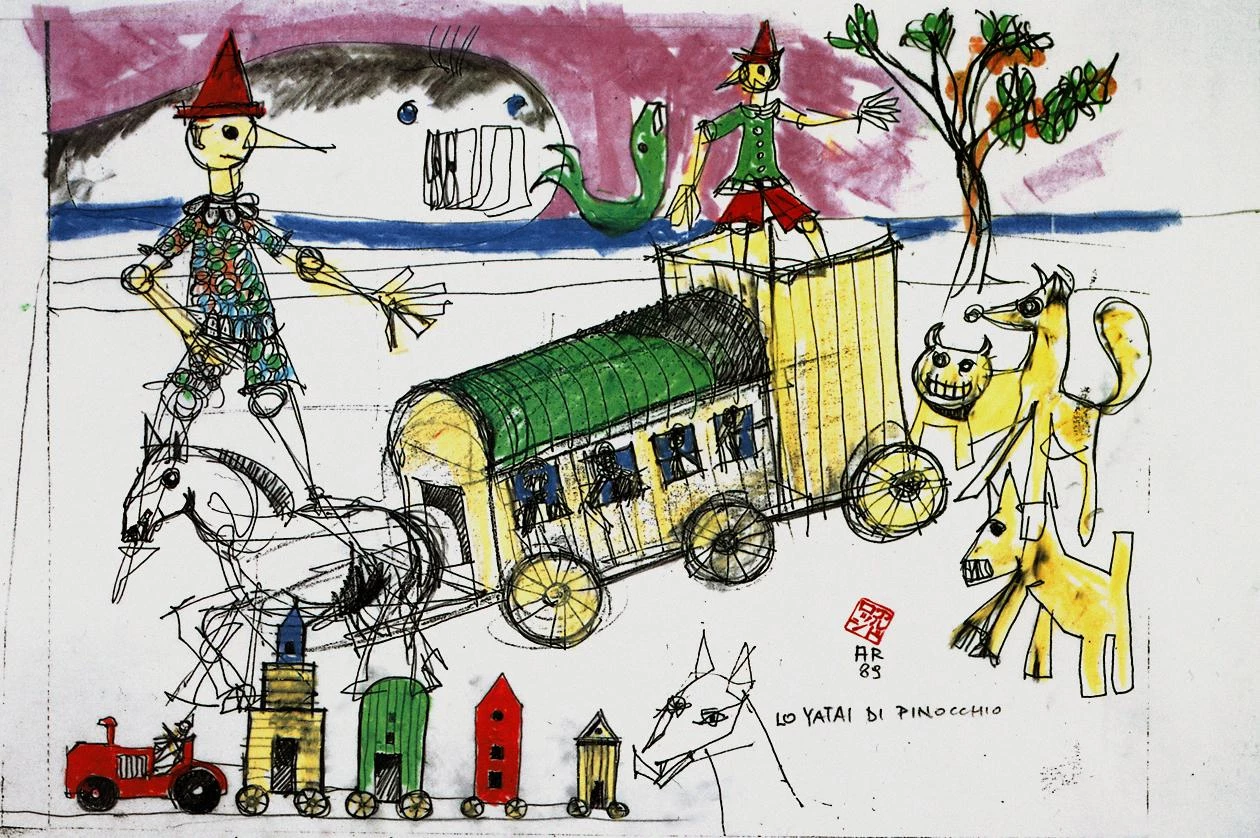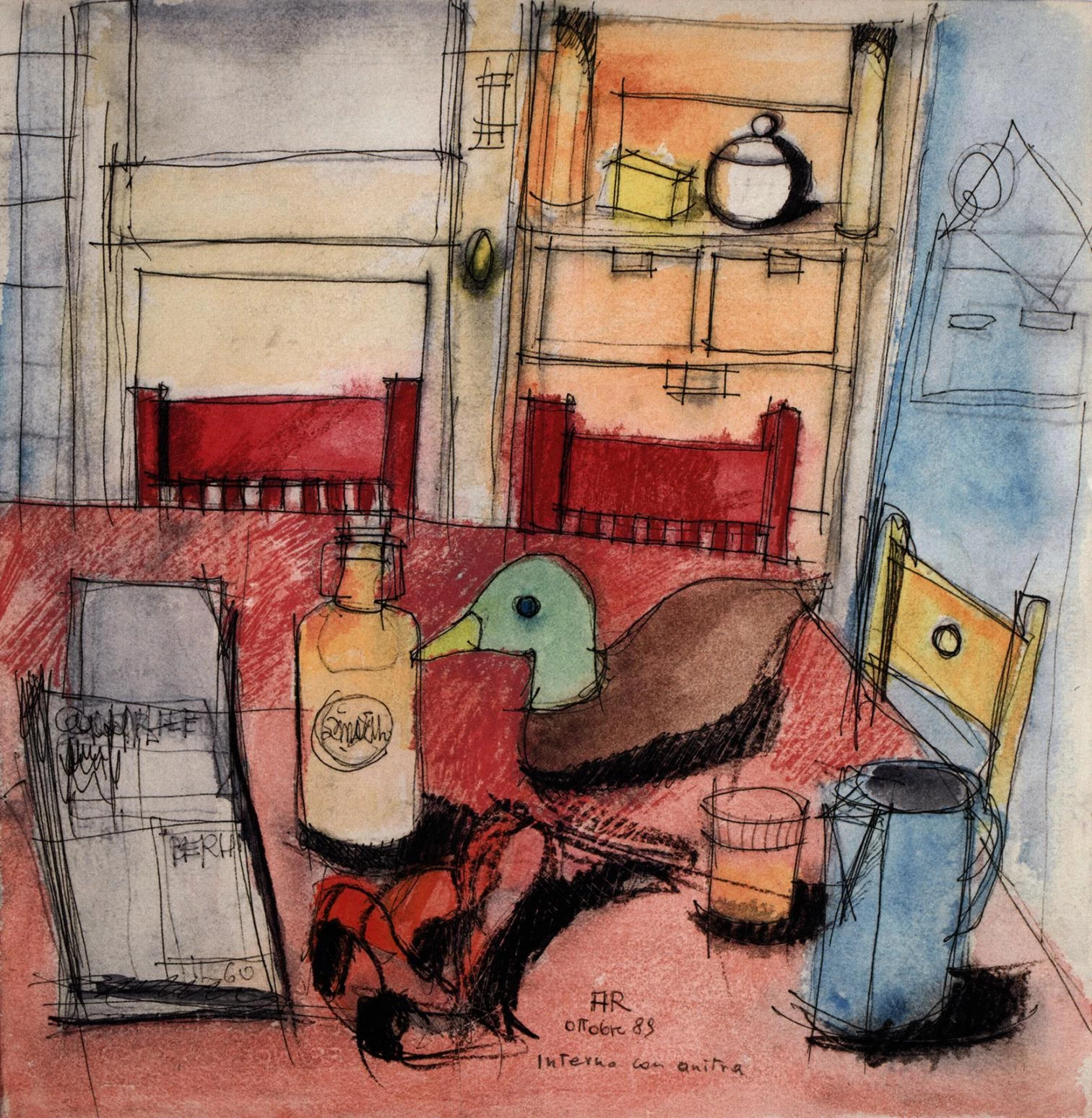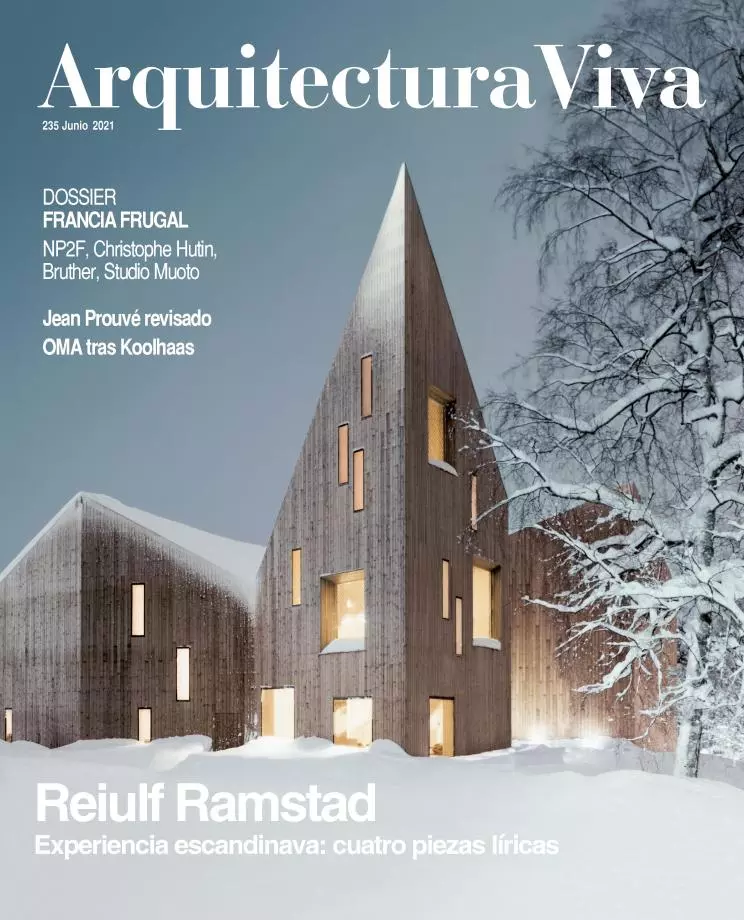
San Cataldo Cemetery in Modena, 1971-78 (left). Il Teatro del Mondo for the Venice Biennale, 1979 (right)
We do not want to forget Aldo Rossi. This month of May he would have turned 90, but he died after a car accident at the absurd age of 66, and his figure has faded in the perception of recent generations. For mine, however, he was the giant who is now the subject of an exhibition at MAXXI and a book by Electa, both put together by Alberto Ferlenga. With the collaboration of Fondazione Aldo Rossi – headed by his children Vera and Fausto, and led by the critic Germano Celant until his death in 2020 – both undertakings seek to revive the colossal legacy of an architect and theorist who was as influential with his drawings as he was with his writings. The archive deposited at MAXXI in Rome, which complements those kept at the Getty in Los Angeles and the CCA in Montreal, is a source for both the exhibition – on view until October – and the recent volume, which presents the texts written by Rossi himself for 56 of his projects, illustrating them with exquisite drawings.
In a comment included in the Quaderni azzurri – which serves as a foundation for the Autobiografía científica of 1981 – Rossi states that the technical notes accompanying the entries to architecture competitions are “the most complete expression of my research,” and Ferlenga compiles those kept in the archive, which cover the period 1960-1997, to produce an intellectual autobiography of the Milanese architect, who was a key reference of the discipline since the publication in 1966 of The Architecture of the City. Rossi’s ideas and forms fertilized the theory and practice of architecture in the 1970s, and took root particularly well in Spain, from Catalonia and the Basque Country to Andalusia and Galicia, where in 1976 he led a mythical seminar in Santiago de Compostela and where many years later – in collaboration with César Portela – he would build the Museum of the Sea in Vigo, his only work in our country, which was completed posthumously.
At that time, young architects pilgrimmed to Gallaratese, a work in black and white that can perhaps be associated with neorealist cinema, and in the next decade we saw him discover color after gaining familiarity with America and Japan, and give a Berlin construction “the dark green color of vintage racing cars,” an imprecise but lyrical description. The Berlin of the IBA and the Barcelona of the Olympics would each be a perfect expression of Rossi’s urban ideas, but the architect of the city would also shine as an artist. The Electa book sums up his work on the cover with Pinocchio’s yatai: a food stall turned into a mobile architecture that he designed for the Expo of 1989 in Nagoya, in the description of which, to explain the at once abstract and vital passion of his architectures, Rossi relates the character of the children’s tale to the protagonist of Botticelli’s Nastagio degli Onesti in the Prado Museum.
In 1985 we began this publishing adventure with two AV monographs on Berlin’s IBA, and were fortunate to have the Milanese master participate in the magazine launch at the Vitruvio bookstore in Seville, a city he loved almost as much as Santiago de Compostela. Some time ago the Sevilian architect Guillermo Vázquez Consuegra sent me a photograph of that day, and I reproduce it here in remembrance of an architect whose early demise struck us immensely. Almost a quarter-century after his death, an exhibition and a book remind us of his intellectual and artistic genius: a legacy which, beyond its historical importance, offers – as Ferlenga stresses – “una nuova utilità” that we would be fools to ignore.

Lo Yatai di Pinocchio, 1989

Interno con anitra, 1989

Left to right: Aldo Rossi, Guillermo Vázquez Consuegra, and Luis Fernández-Galiano






